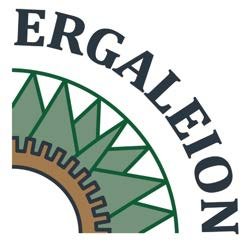
Ergaleion - Papyrological lexicography of material life
Conceived as part of the Ifao program " Realia d'Égypte de l'époque ptolémaïque aux débuts de l'Islam : mots et mobiliers " (dir. P. Ballet, M. Mossakowska-Gaubert, V. Schram), Ergaleion - Outil de lexicographie papyrologique de la vie matérielle is a multilingual database for the study of the lexicon relating to material life in Greco-Roman Egypt based on papyrological documentary sources (Greek and Demotic for the moment).
It facilitates the definition of the vocabulary of realia (artifacts, materials, trades, products, structures, landscapes, plants and animals) by linking words and their attestations in context, highlighting the evolution of terminology over time, and comparing the designations of the same reality in the different languages used in Egypt. Offering the possibility of connecting words and ancient realities, the tool should also enable textual and archaeological data to be compared : philologists will thus be able to check the plausibility of the identifications they propose by relying on archaeological evidence of realities in their lexicographic work, while material culture specialists will gain privileged access to the vocabulary and content of texts concerning the contexts of use of the realities they are interested in.
As part of the " Realia d'Égypte " program (2022-2027), three areas have been identified as priorities for the database:
- Vessels (especially cooking equipment, containers for agricultural practices, perfume vases, receptacles for precious objects), lighting ;
- Textile production ;
- Plant resources ;
However, Ergaleion is also open to all types of furniture, depending on the interests of the associated collaborators.
